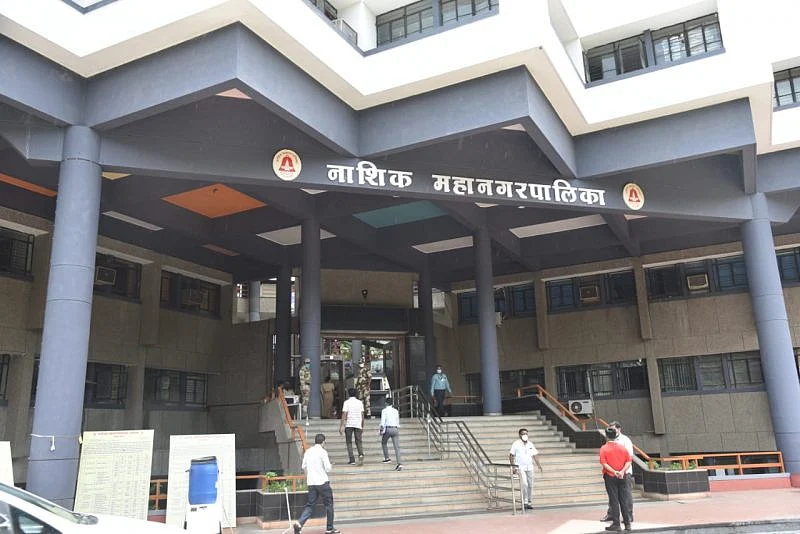Bhopal (Madhya Pradesh): An endemic infection Melioidosis or Whitmore's disease is on a rise in Madhya Pradesh particularly in river belts like Narmada, Chambal and its ravines.
Melioidosis is a multisystemic infectious disease caused by the bacterium Burkholderia pseudomallei. Traditionally, it has been reported in coastal states such as Karnataka, Tamil Nadu, and Orissa. While previously unknown in Madhya Pradesh, the Department of Microbiology at AIIMS Bhopal has been diagnosing cases of Melioidosis for the past three years. This disease has a high mortality rate, with a majority of cases found in rural areas, particularly among individuals associated with agricultural activities.

How Melioidosis Hits Body?
Dr Sumit Rawat, research scholar AIIMS, said, “ bacteria enters through cut or wounds in body and through blood circulation, it cause toxic in blood leading to sepsis. Ultimately patients die. Generally it is found in costal area but now it is also on rise in river belt (sand belt). Sometimes, if drinking water is contaminated, it is also caused in stomach. Blood toxic is more dangerous.”

Symptoms of severe sepsis or septic shock
Feeling dizzy or faint.
Change in mental state – like confusion or disorientation.
Diarrhoea.
Nausea and Vomiting.
Slurred speech.
Severe muscle pain.
Severe breathlessness.
Less urine production than normal – for example, not urinating for a day.
A training program on Melioidosis diagnosis was successfully conducted at AIIMS Bhopal. The program aimed to raise awareness among clinical doctors and clinical microbiologists in Madhya Pradesh regarding the endemicity of this infection in the state. The training program was attended by esteemed clinical faculties and microbiologists from major government and private hospitals in Madhya Pradesh, including GMC Bhopal, LNMC Bhopal, MGMC Indore, GRMC Gwalior, and Sri Aurobindo Institute of Medical Sciences Indore.











